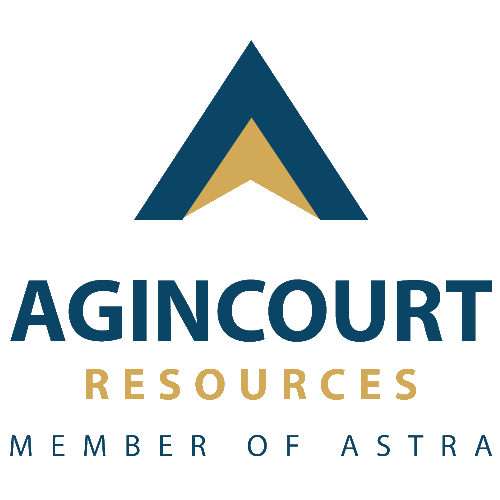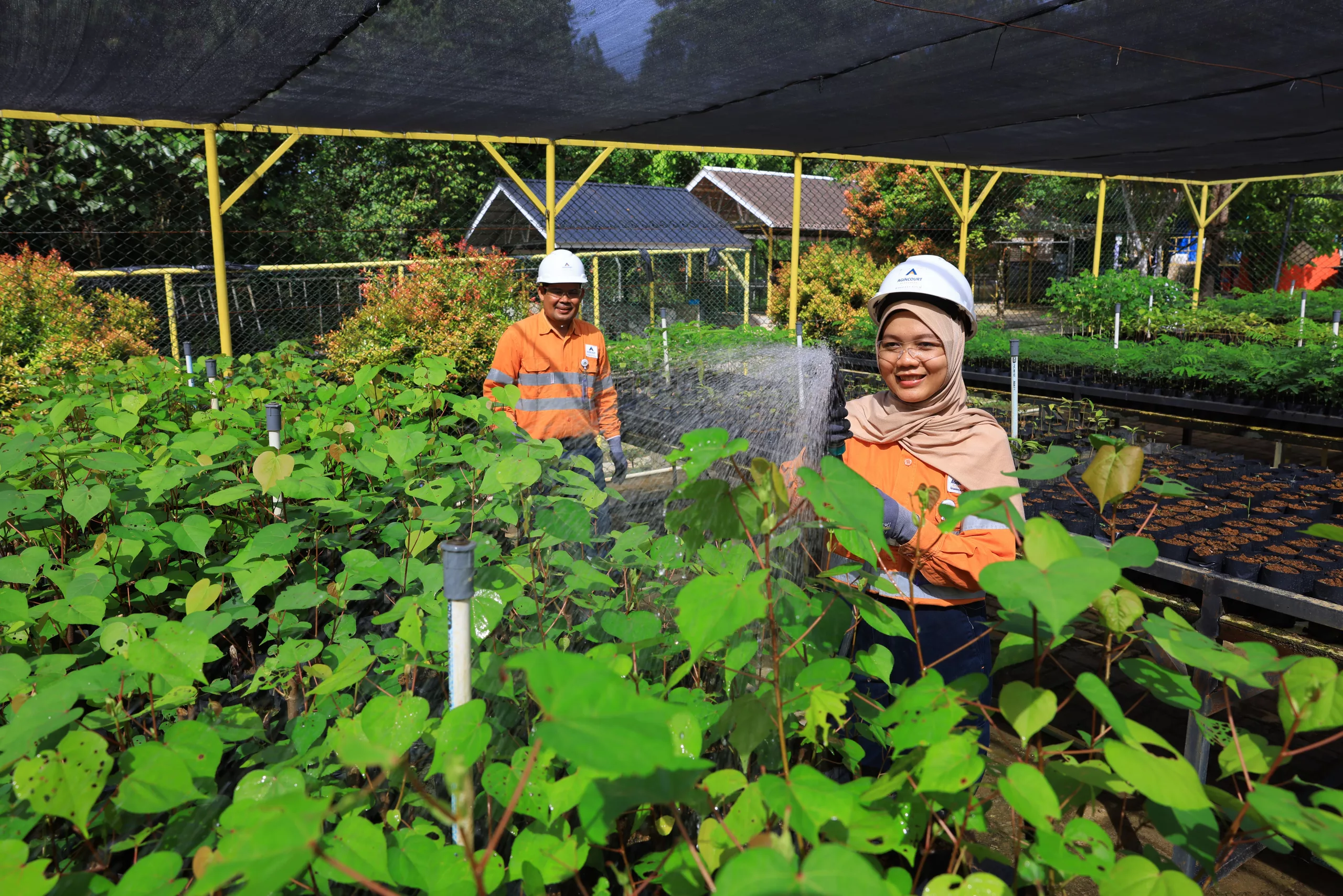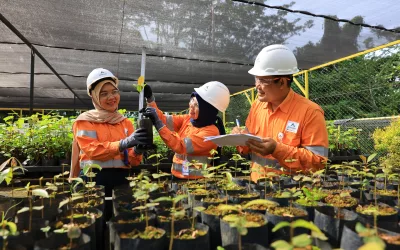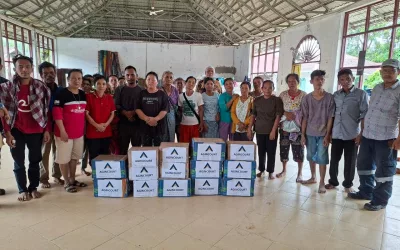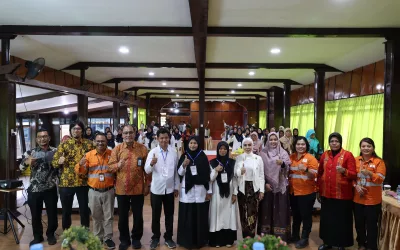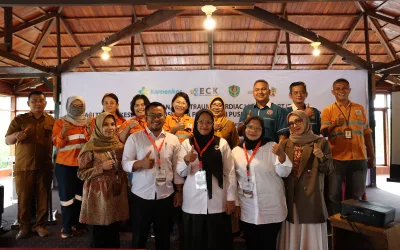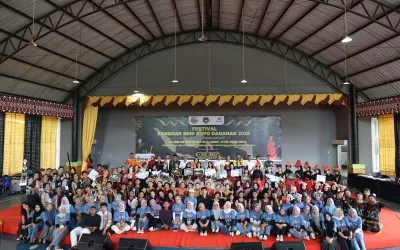Agincourt Resources operates a dedicated nursery facility with a capacity of around 60,000 seedlings. With this sizeable production capability, the company can cultivate up to 6,000 seedlings per month. To date, a total of 63 local and non-local plant species native to the Batangtoru landscape have been identified and are being propagated at the facility.
The nursery was established to support seedling supply for reclamation and conservation areas, with the purpose of providing wildlife feed, enriching plant diversity, and cultivating local endemic species.
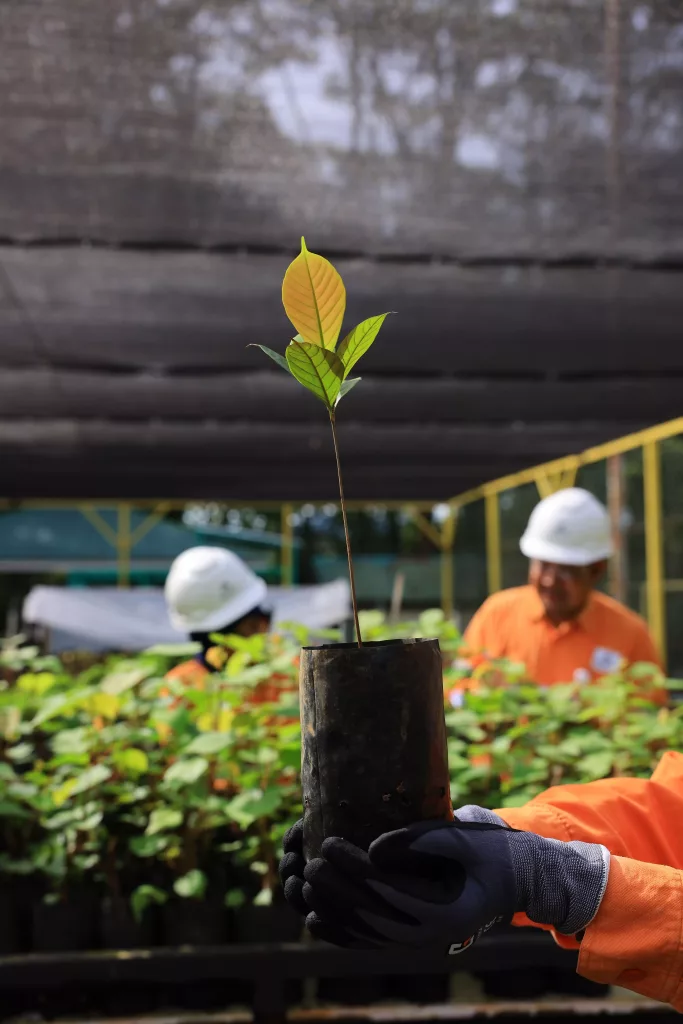
In line with Presidential Regulation (Perpres) No. 77 of 2024 on the Acceleration of Nursery Facility Development and Management for Mineral and Coal Mining Activities, every mining company is required to build and manage a nursery as part of post-mining reclamation and land rehabilitation efforts.
This nursery is equipped with a range of essential facilities designed to optimise growth conditions before seedlings are transferred to permanent sites. Its primary objective is to control the growing environment, increase seedling survival rates, and produce healthy, uniform plants.
Key Facilities Required in a Nursery
Infrastructure
- Nursery area/seedling zone: A designated space for seed sowing or young seedling care, fitted with semi-permanent or permanent roofing to protect against extreme weather.
- Protective structures: Such as greenhouses, shading nets, or plastic covers to regulate light, temperature, and humidity.
- Irrigation/watering system: Adequate water installations including hoses, watering cans, or automatic drip irrigation to ensure consistent moisture.
- Media preparation area: A dedicated space for mixing planting media (soil, manure, sand, husk, etc.).
- Storage facility: A secure room for keeping seeds, fertilisers, pesticides, and equipment.
- Transport access: Pathways and facilities that support the movement of inputs and the distribution of ready-to-plant seedlings.
Tools and Materials
- Planting media: Soil, fertiliser, compost, sand, and rice husk charcoal as growing substrates.
- Seeds/planting materials: Quality seeds, cuttings, or other vegetative propagation materials.
- Nursery containers: Seed trays, pots, polybags, or raised beds.
- Hand tools: Shovels, trowels, garden forks, and pruning scissors for daily activities.
- Fertilisers and pesticides: Organic and chemical materials to support plant nutrition and protection.
Measuring tools: pH meters and moisture gauges to monitor environmental conditions.
